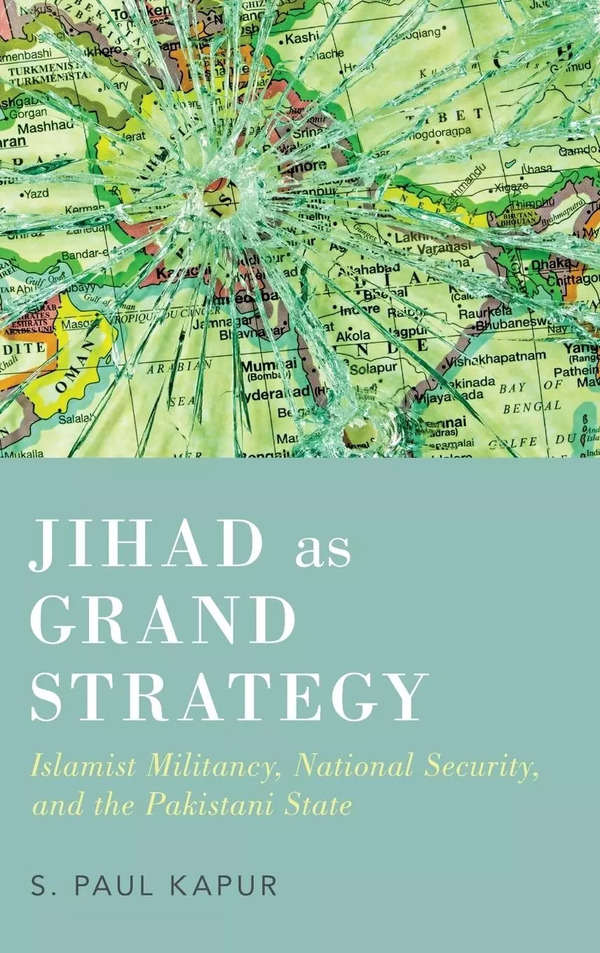The Trump presidency has nominated S. Paul Kapur as the head of the South Asia commission at the State Department, which oversees diplomatic relations with India and the location. He previously worked on US-India relationships. A speech from Vice President J. D. Vance’s company announced the candidacy:” Paul Kapur, of California, to become Assistant Secretary of State for South Asian Affairs”. His name was chosen from the various sessions that the Senate will consider and confirm. Kapur is now a professor at the Naval Postgraduate School, specializing in South Asian politicians, security, and global connections. If confirmed, he will become the next Indian-descendant major US minister overseeing South Eastern matters. But, unlike his predecessor, he did manage a smaller geographical investment.
S Paul Kapur is no man to South Asian politics. He has spent years studying the surveillance dynamics of the area as a teacher in the US Naval Postgraduate School and as a brother at Stanford’s Hoover Institution. He recently served in the State Department’s Policy Planning staff during the last year of the Trump administration, focusing on South Asia. He has held teaching jobs at Stanford and Claremont McKenna College, and has earned a PhD from the University of Chicago and a BA from Amherst College.
Kapur has written thoroughly about South Asian surveillance, particularly Pakistan’s usage of jihadist violence and nuclear deterrence methods. His novels include Jihad as Grand Strategy: Islamist Militancy, National Security, and the Pakistani State and Dangerous Deterrent: Nuclear Weapons Proliferation and Conflict in South Asia. He is also the co-author of India, Pakistan, and the Bomb: Debating Nuclear Stability in South Asia and co-editor of The Challenges of Nuclear Security: US and Indian Ideas. Beyond universities, he has been immediately involved in proper conversations, running US-India Track 1.5 conversations and another defense-related commitments for the Department of Defense.
Pakistan: Jihad as a Grand Strategy

Kapur is one of the most outspoken reviewers of Pakistan’s use of Islamist violence as a means of state coverage. In Jihad as Grand Strategy, he explains how Pakistan has actively supported violent groups as a means of battling India and preserving its influence in Afghanistan. He contends that this is a deliberate approach rather than a sign of state failure.
His study suggests that Pakistan’s military and intelligence creation see violent organizations as a cost-effective strategy for challenging a much larger India without staging a full-fledged conflict. But, he also warns that this approach has spiraled out of control. These same organizations have significantly acted independently, maybe even acting against the state itself, despite Pakistan’s initial gains from using militancy organizations as proxies.
Kapur’s view aligns with US suspicion toward Pakistan’s terrorism claims. He contends that Pakistan frequently presents itself as a victim of violence, but its close ties to organizations like Lashkar-e-Taiba and the Haqqani Network demonstrate a long-standing scheme of supporting radical players when it serves proper pursuits.
India: A Strategic Partner, But Not Without Issues
Kapur views India with more caution, albeit with a more unbiased outlook. He sees India as an important US companion, particularly in the context of China’s increase. Kapur and Harsh Pant of the Observer Research Foundation discussed the seemingly unavoidable relationship between the US and India in an article from 2023. He pointed to corporate norms such as maintaining a free and open Indo-Pacific, countering Beijing’s control, and boosting economic relations as big driving causes.
Nevertheless, he cautioned against assuming that the agreement would deepen immediately. ” The efficient formulation and implementation of joint policies requires careful administration”, he wrote, warning that bad management could lead to “unmet anticipation” and even conflict. He specifically cited disputes over the US-Indian free trade agreement and the conflict in Ukraine as sources of tension.
On nuclear plan, Kapur has analyzed how India’s theory communicates with Pakistan’s. He claims that South Asia has become a harmful cycle because nuclear weapons have not brought stability to the region but instead have sown a hazardous cycle: India engages in regular military action, Pakistan engages in surrogate warfare, and both sides continue to be at odds with one another. He views India’s nuclear doctrine as one that has evolved cautiously, but he also suggests that India’s strategic restraint in responding to terrorist attacks ( such as Mumbai 2008 ) has allowed Pakistan’s proxy war strategy to continue without major consequences.
What This Means for US Legislation
Kapur’s educational background suggests a strong position on Pakistan. His research makes it clear that he views Pakistan’s usage of jihadist groups as a deliberate position coverage, not just a byproduct of volatility. This suggests that under his command, the US will be wary of Islamabad’s says of cracking down on violence. Given that he has instantly contributed to the Department of Defense’s efforts to enhance US-India ties under Track 1.5, his position also points to a continuation of these efforts, though not without acknowledging the difficulties in the relationship.
At the core of Kapur’s strategy is a perception that South Asia’s safety dynamics are greatly interconnected—Pakistan’s radical strategies energy volatility, India’s responses shape deterrence, and nuclear weapons complicated crisis management. His administration’s leadership at the State Department’s South Asia desk suggests a policy stance that will be antagonistic toward Pakistan, supportive of India, and sensitive to the difficulties that make regional stability so difficult to achieve.




